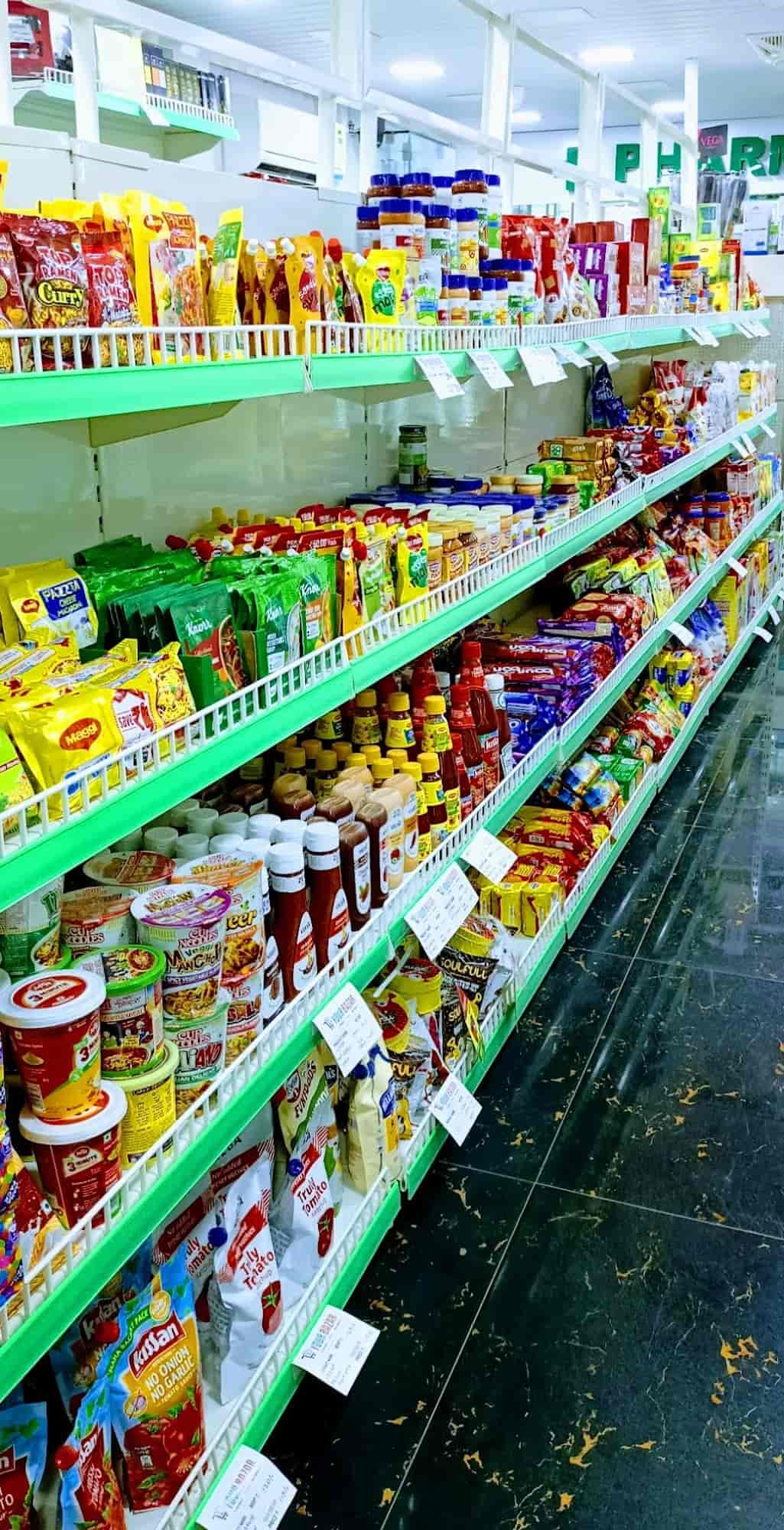In today's interconnected global economy, international trade plays a pivotal role in driving economic growth and fostering cooperation among nations. However, despite the numerous benefits it offers, there are several barriers that hinder the smooth flow of goods and services across borders. In this article, we will delve into the three most common barriers to international trade, exploring their impact and potential solutions.
- Tariffs and Trade Barriers:
Tariffs, also known as import duties, are taxes imposed on imported goods. They are one of the most prevalent barriers to international trade. Governments often use tariffs to protect domestic industries, shield local markets from foreign competition, and generate revenue. However, high tariffs can significantly increase the cost of imported goods, making them less competitive and limiting consumer choices.
Non-tariff barriers, such as quotas, embargoes, and subsidies, also impede international trade. Quotas restrict the quantity of goods that can be imported, while embargoes completely ban trade with specific countries. Subsidies, on the other hand, provide financial assistance to domestic industries, distorting market competition.
To address these barriers, countries can engage in negotiations and establish free trade agreements (FTAs) that aim to reduce or eliminate tariffs and non-tariff barriers. Additionally, international organizations like the World Trade Organization (WTO) play a crucial role in promoting fair and open trade practices.
- Regulatory and Administrative Barriers:
Regulatory and administrative barriers encompass a wide range of policies, procedures, and regulations that govern international trade. These barriers include complex customs procedures, licensing requirements, product standards, and technical regulations. While these measures are intended to protect consumers, ensure product safety, and maintain quality standards, they can create significant obstacles for businesses engaged in international trade.
Harmonizing regulations and streamlining administrative procedures can help alleviate these barriers. Encouraging transparency, simplifying documentation requirements, and promoting mutual recognition of standards across countries can facilitate smoother trade flows and reduce compliance costs.
- Cultural and Language Barriers:
Cultural and language differences can pose challenges to international trade, particularly in communication and negotiation processes. Varied business practices, customs, and etiquette across different cultures can lead to misunderstandings and hinder effective collaboration. Language barriers can also impede negotiations, making it difficult to establish trust and build strong business relationships.
To overcome these barriers, businesses can invest in cultural intelligence training and language proficiency programs. Developing a deep understanding of cultural nuances, adapting communication styles, and leveraging translation services can enhance cross-cultural interactions and foster successful international trade relationships.
Conclusion:
International trade has the potential to drive economic growth, create employment opportunities, and foster global cooperation. However, various barriers can impede its progress. By addressing tariffs and trade barriers, regulatory and administrative hurdles, as well as cultural and language differences, countries and businesses can unlock the full potential of international trade. Embracing openness, collaboration, and continuous dialogue will pave the way for a more inclusive and prosperous global trading system.


